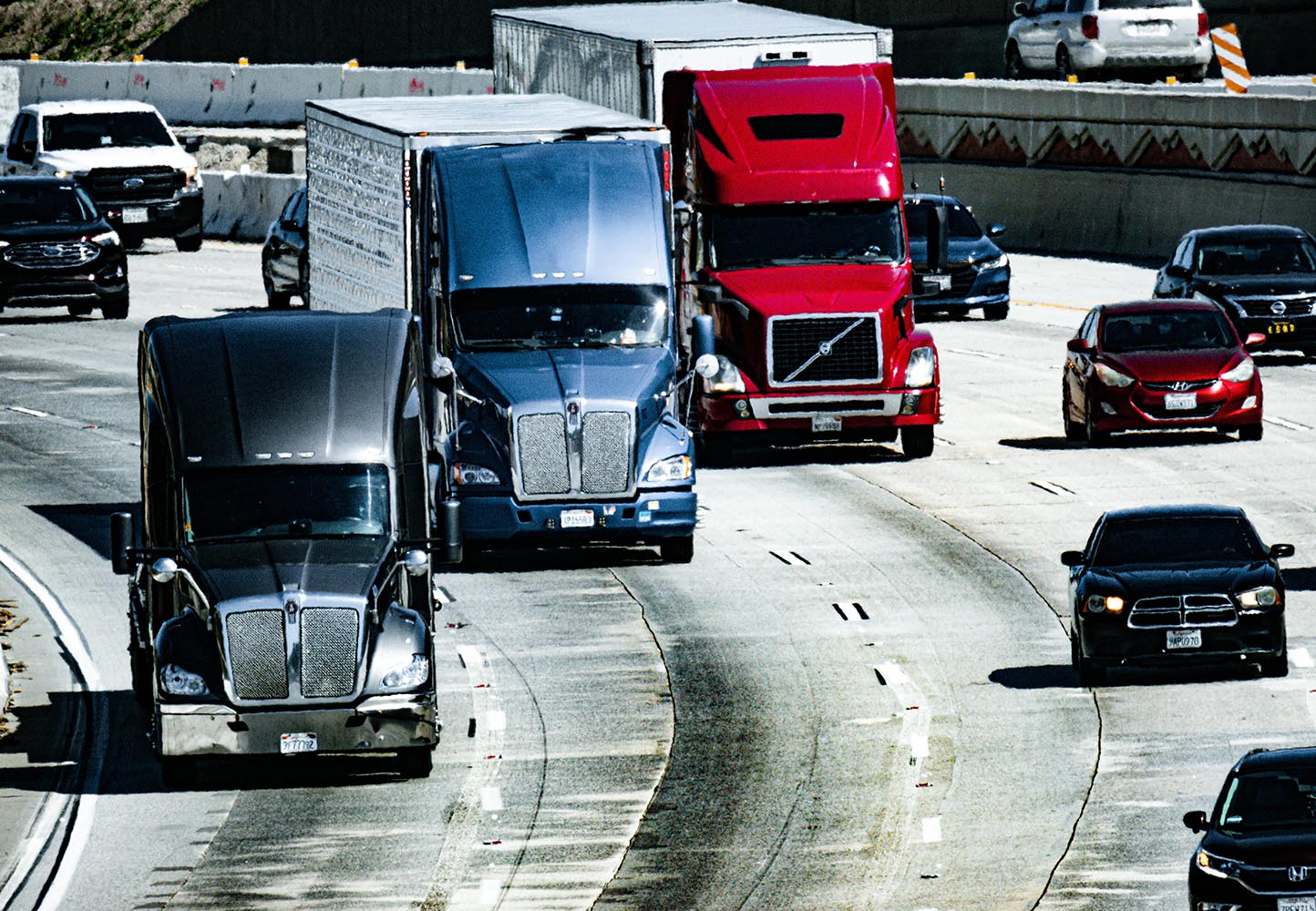
U.S. EPA sets historic emission standards for heavy-duty vehicles
The U.S. Environmental Protection Agency (EPA) announced on March 29, 2024, the finalization of the strongest ever national greenhouse gas pollution standards for heavy-duty vehicles, such as freight trucks and buses, for model years 2027 through 2032. These new standards are expected to prevent 1 billion tons of greenhouse gas emissions and provide USD13 billion in annualized net benefits related to public health, climate, and savings for truck owners and operators.
EPA last revised the greenhouse gas standards for on-highway heavy-duty trucks and engines in 2016 under the “Phase 2” greenhouse gas program. Those standards achieve important greenhouse gas reductions from medium- and heavy-duty vehicles beginning in model year MY 2021.
The Phase 3 standards build upon the EPA’s Heavy-Duty Phase 2 program from 2016, maintaining a flexible structure to accommodate the heavy-duty vehicle industry’s diversity. The standards are designed to be technology-neutral and performance-based, giving manufacturers the freedom to choose the best emissions control technologies for their products and customers.
However, the new standards have been met with strong opposition from industry groups, who argue that the targets are unattainable with current electric vehicle technology and cite a lack of EV charging infrastructure and power grid capacity. The American Trucking Associations and the Owner-Operator Independent Drivers Association predict supply chain failures and anticipate that smaller independent firms will continue using older diesel trucks, which contradicts the EPA’s goals.
Despite the industry’s concerns, the EPA asserts that the new rules will provide greater certainty for the industry and support U.S. manufacturing jobs in advanced vehicle technologies. The agency also estimates that new trucks will save operators a total of USD3.5 billion in fuel and other costs from 2027 to 2032, with additional support from tax credits provided by the 2022 Inflation Reduction Act, compared to annualised costs of about USD1.1 billion from 2027 through 2055.
EPA’s latest modeling shows that the final standards will result in greater reductions of pollution than the proposed rule while offering more time and flexibility for manufacturers to develop, scale, and deploy clean heavy-duty vehicle technologies. The 1 billion tons of greenhouse gas emissions avoided by these standards are equivalent to the emissions from more than 13 million tanker trucks’ worth of fossil fuels.
EPA Administrator Michael S. Regan emphasised the significance of cutting pollution from heavy-duty vehicles, stating, “Building on our recently finalized rule for light- and medium-duty vehicles, EPA’s strong and durable vehicle standards respond to the urgency of the climate crisis by making deep cuts in emissions from the transportation sector.”
EPA has committed to actively monitor and track the development and deployment of heavy-duty vehicle technologies and charging and refueling infrastructure to ensure the successful implementation of the Phase 3 program. The agency will consult with a wide range of stakeholders, including trucking fleets, vehicle manufacturers, utilities, infrastructure providers, state and local governments, communities with environmental justice concerns, and environmental and public health NGOs.
The final standards align with the commitments and investments from trucking fleets, vehicle manufacturers, and vehicle technology firms as they plan to increase the use or production of clean vehicle technologies in trucking and other heavy-duty fleets. These investments are expected to result in a range of technologies with the potential for further significant reductions of greenhouse gas emissions from heavy-duty motor vehicles.
EPA recently announced the launch of the USD3 billion Clean Ports Program to help tackle emissions from heavy-duty vehicles in and out of U.S. port communities. Along with EPA’s Diesel Emissions Reduction Act (DERA) program, the new Bipartisan Infrastructure Law Clean School Bus Program, and an upcoming clean heavy-duty program, these initiatives are offering billions of dollars in funding to replace older vehicles and engines with clean vehicle technology options.














